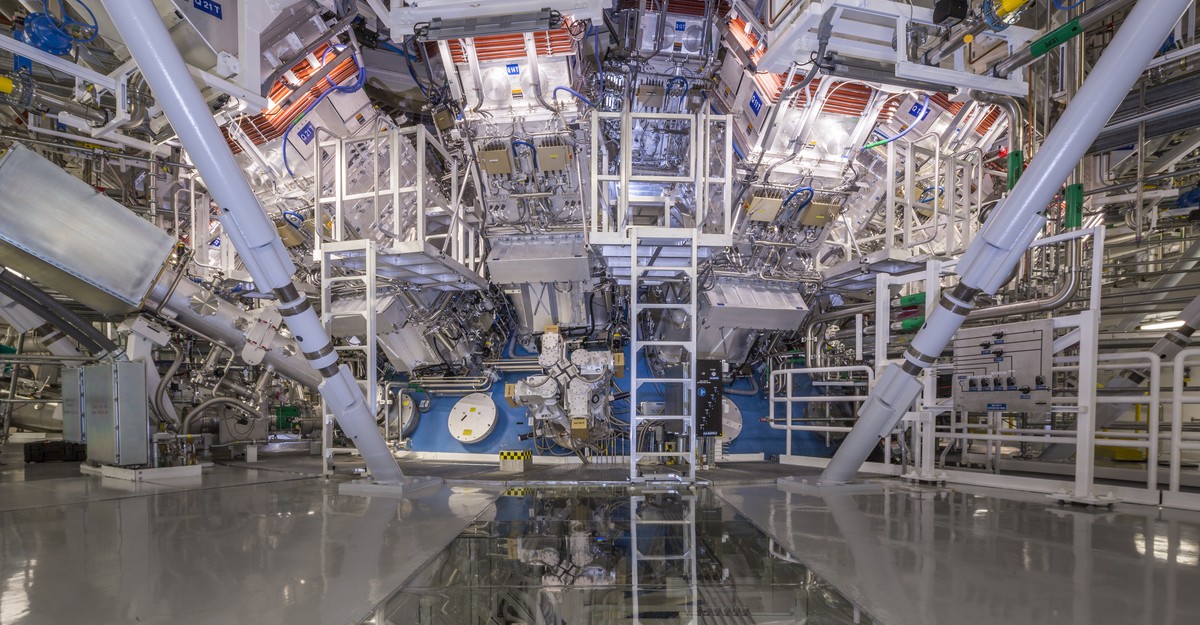Vernon,
I am not going to get into a detailed debate on nuclear power in what is supposed to be a space forum. But, like you, I have been following several subjects for many decades, including nuclear power, climate change, human population dynamics, solar and wind power, as well as the astronomy, cosmology and physics subjects that this forum relates to. In particular, I was involved at a professional level with nuclear safety issues for decades, and am quite familiar with the designs, operational issues, accident sequences and risks of the current crop of nuclear power reactors. And, no, I was not ever employed by a nuclear power manufacturer or plant owner.
All I am going to say at this point is that humans have a serious problem with over-population, and the politics of the debates about what to do about that hardly ever get to the root cause, which is that there are too many of us for our planet to support to the levels of comfort and pleasure that most aspire to.
The power production technological infrastructures that support our current life style are
all subsidized in multiple ways by governments at several levels. That includes coal, oil, natural gas, hydro, wind, solar and hydrogen as well as nuclear fission (and research on fusion).
Each has its proponents and detractors, and
all have problems that their detractors use in political debates to try to win support for their preferred alternatives.
But, the truth is that they really aren't "alternatives" in the sense that one or a few can completely displace one or some others in the near term. At least not without major damage to the quality of life for billions of people.
At this point in the politics, much more is being promised and subsidized for solar and wind power than can be delivered on the time frames you are talking about. So, what you are saying about nuclear power applies even more to solar and wind.
And, any need to produce massive amounts of new electric power infrastructure will necessarily be done with fossil fuel energy sources. The quicker we try to do it, the more net CO2 emissions will result. Look at manufacturing in China and see what their energy source mix is, and where it can be increased and where it cannot be increased for added manufacturing speed.
Perhaps you could get a better idea of the realities of what you are campaigning for by looking at the history of the "Solar Breeder" plant in Frederick, Maryland, United States. See
https://www.azimuthproject.org/azimuth/show/Solar+breeder for a description of what "solar breeding" is about. Basically, it
attempts to use only solar power to make more solar cells. The link above only says the attempt in Frederick was "cancelled". What it doesn't tell you is that it was trying for a long time, and received substantial financial help during the Obama administration to keep it going, but still eventually
went bankrupt. Even if it succeeds, it is an
extremely slow process to try to use solar in a 'bootstrap" mode to displace other sources of energy. It
cannot succeed in the time frame you are saying is essential.
So, the actual truth is that we are going to need all sorts of energy sources in the near term, and those will include nuclear fission power if we really want to minimize our CO2 outputs for the conversion process.
And, it looks like it will also require a hydrogen fuel infrastructure, too, if only to handle the heavy machinery needed to mine, transport, etc. the materials to make all of those solar cells, storage batteries and wind turbines. See
https://arstechnica.com/science/2022/12/mixing-diesel-and-hydrogen-provides-big-cuts-in-emissions/ for a "breakthrough" on using hydrogen to displace 90% of the diesel fuel now used in such equipment. And, while you are at it, look at
https://www.the-sun.com/motors/6900140/new-pininfarina-with-swappable-hydrogen/ to see an actual hydrogen powered automobile with technology designed to compete in the consumer market with electric cars.
If the goal is to transition to CO2 neutral conditions as quickly as possible, we need to seriously
analyze the process to minimize the CO2 emissions caused by the transition processes. That is not being considered in any rational way in the political debates. I can give multiple examples of counter-productive tactics, but this post is already too long and this is not the proper forum, anyway.
The relevant aspects for this forum are how new technologies can help us explore and maybe colonize and exploit off-Earth environments. So, let's get back to that.





